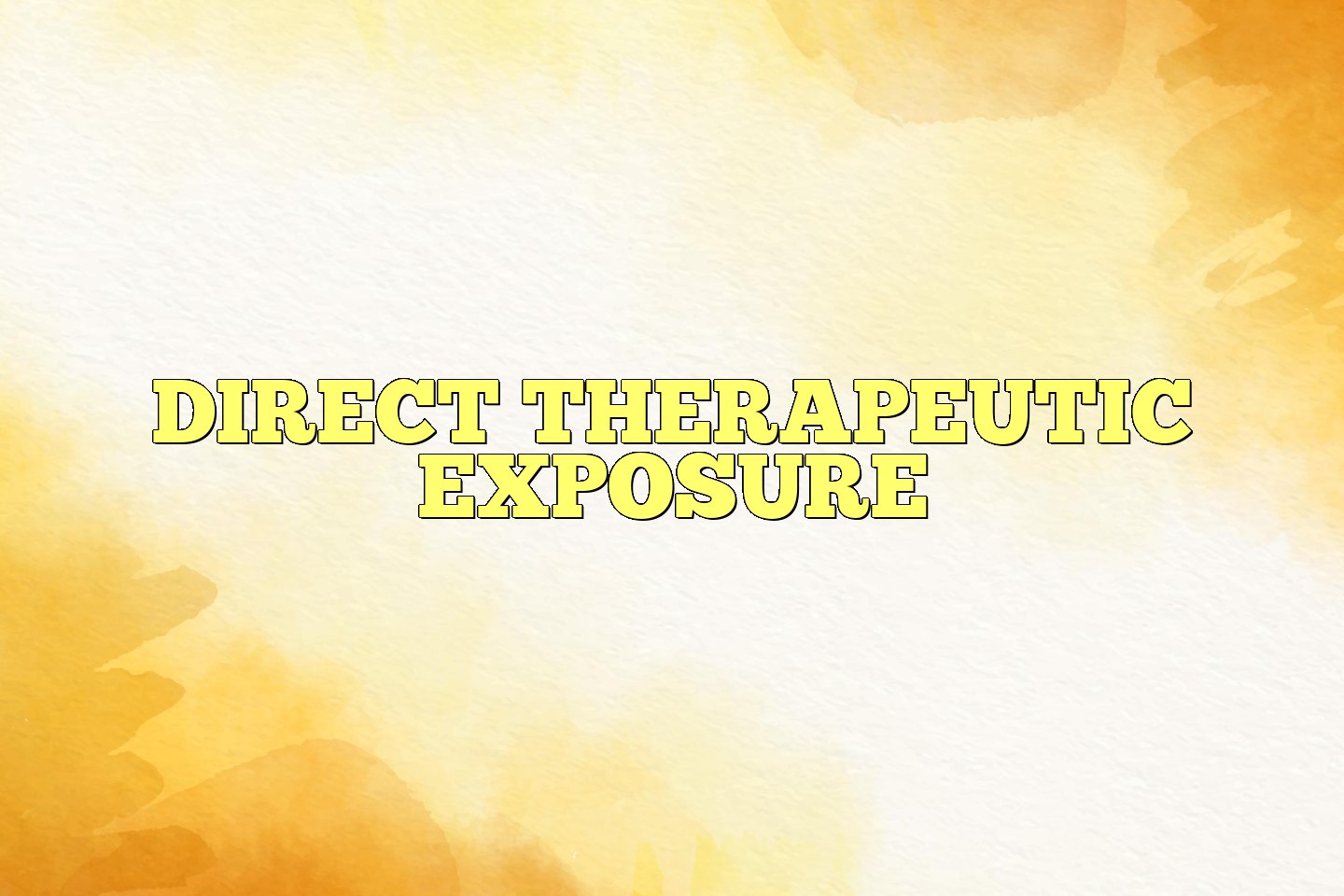Mental health disorders affect millions of individuals worldwide and can greatly impact their daily lives and overall well-being. While traditional forms of therapy such as talk therapy and medication have been the standard treatment for these disorders, direct therapeutic exposure has emerged as a promising alternative. This therapy involves exposing patients to the source of their fears or traumas in a controlled and supportive environment. While there are numerous benefits to this approach, there are also potential risks that must be carefully considered. In this essay, we will explore the benefits and potential risks of direct therapeutic exposure in treating mental health disorders.

Direct Therapeutic Exposure (DTE) is a behavior therapy technique pioneered by Patrick A. Boudewyns, where stressors are vividly and safely confronted to help combat veterans, and patients suffering from posttraumatic stress disorder (PTSD), panic disorder, or phobias. Exposure therapy has supporting evidence with both simple and complex traumas. A similar therapy is Eye Movement Desensitization and Reprocessing (EMDR). It is not uncommon to combine DTE treatment with other therapies.
Use
Direct exposure has been used with a variety of populations including agoraphobia and chronic PTSD It involves as the name applies placing the client either real or imaginally in the feared situation.